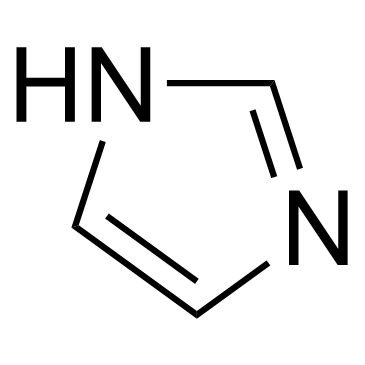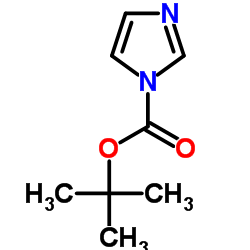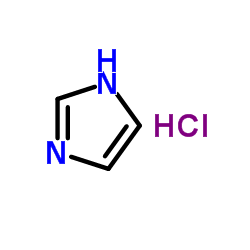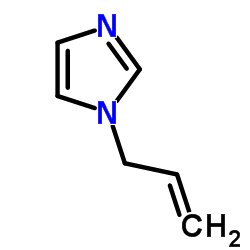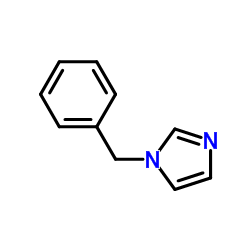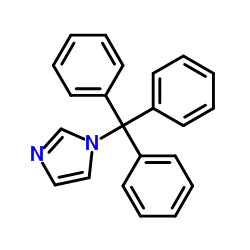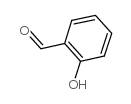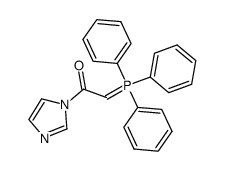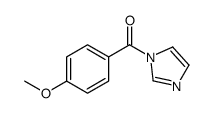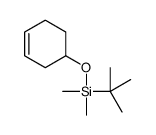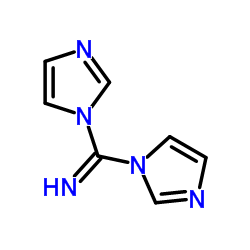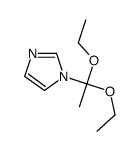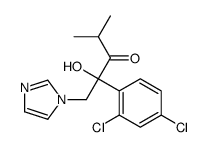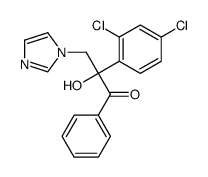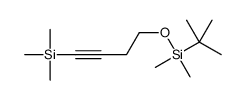288-32-4
| Name | 1H-imidazole |
|---|---|
| Synonyms |
IMD
1,3-Diaza-2,4-cyclopentadiene,Glyoxaline GLYOXALIN LMIDAZOLE glioksal 1,3-diaza-2,4-cyclopentadiene Imidazol Miazole 1,3-imidazole Imidazoie Imidazole MFCD00005183 1-imidazole EINECS 206-019-2 Imidazole buffer IMINAZOLE 1,3-diazole Imutex Clotrimazole Impurity 4 |
| Description | Imidazole is a planar 5-membered ring. Imidazole is a highly polar compound. Imidazole has been used extensively as a corrosion inhibitor.Imidazole is incorporated into many important biological molecules. The most pervasive is the amino acid histidine, which has an imidazole side-chain. Imidazole is useful as a buffer in the pH range of 6.2-7.8 One of the applications of imidazole is in the purification of His-tagged proteins in immobilised metal affinity chromatography(IMAC). Imidazole is used to elute tagged proteins bound to Ni ions attached to the surface of beads in the chromatography column. An excess of imidazole is passed through the column, which displaces the His-tag from nickel co-ordination, freeing the His-tagged proteins. Imidazole has become an important part of many pharmaceuticals. Synthetic imidazoles are present in many fungicides and antifungal, antiprotozoal, and antihypertensive medications. Imidazole is part of the theophylline molecule, found in tea leaves and coffee beans, which stimulates the central nervous system. It is present in the anticancer medication mercaptopurine, which combats leukemia by interfering with DNA activities. |
|---|---|
| Related Catalog |
| Density | 1.1±0.1 g/cm3 |
|---|---|
| Boiling Point | 257.0±9.0 °C at 760 mmHg |
| Melting Point | 88-91 °C(lit.) |
| Molecular Formula | C3H4N2 |
| Molecular Weight | 68.077 |
| Flash Point | 145.0±0.0 °C |
| Exact Mass | 68.037445 |
| PSA | 28.68000 |
| LogP | -0.16 |
| Vapour Pressure | 0.0±0.5 mmHg at 25°C |
| Index of Refraction | 1.528 |
| Storage condition | 2-8°C |
| Stability | Stable. Incompatible with acids, strong oxidizing agents. Protect from moisture. |
| Water Solubility | 633 g/L (20 ºC) |
CHEMICAL IDENTIFICATION
HEALTH HAZARD DATAACUTE TOXICITY DATA
MUTATION DATA
|
| Symbol |



GHS05, GHS07, GHS08 |
|---|---|
| Signal Word | Danger |
| Hazard Statements | H302-H314-H360D |
| Precautionary Statements | P201-P260-P280-P303 + P361 + P353-P305 + P351 + P338-P308 + P313 |
| Personal Protective Equipment | Eyeshields;Faceshields;full-face particle respirator type N100 (US);Gloves;respirator cartridge type N100 (US);type P1 (EN143) respirator filter;type P3 (EN 143) respirator cartridges |
| Hazard Codes | C:Corrosive |
| Risk Phrases | R22;R34;R63 |
| Safety Phrases | S26-S36/37/39-S45-S22-S36 |
| RIDADR | UN 2923 8/PG 3 |
| WGK Germany | 1 |
| RTECS | NI3325000 |
| Packaging Group | III |
| Hazard Class | 8 |
| HS Code | 2933990090 |
| Precursor 10 | |
|---|---|
| DownStream 10 | |
| HS Code | 2933290090 |
|---|---|
| Summary | 2933290090. other compounds containing an unfused imidazole ring (whether or not hydrogenated) in the structure. VAT:17.0%. Tax rebate rate:13.0%. . MFN tariff:6.5%. General tariff:20.0% |


